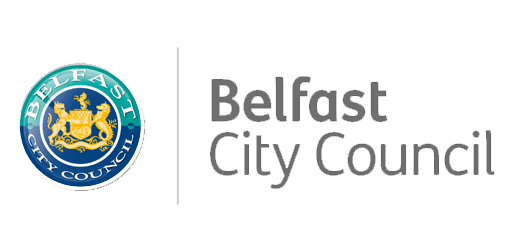Techie School
In the theatre, without someone to hold the spotlight there is no light.
Below you will find technical tutorial videos and exercises, work your way through them and see how you do! Have a go at the activities and send any completed work to vrf@youthaction.org.
Interested in joining us for a live session - see calendar.
Email vrf@youthaction.org
for your live Techie class' Zoom code (all welcome)
Useful Links to Technical Tutorials from Industry Professionals
How to... Qlab, Episode 1
How to...Qlab, Episode 2
How to... Qlab, Episode 3
How to...Qlab, Episode 4
Select resources for Rainbow Factory members ONLY - use password from email to gain access
Techie Challenge 🌏
How's your knowledge of the theatre and theatre terms? Test it with this drop down exercise! Look at the word, then try to define it before using the drop down description, then check if you got it right!
Stage Management
More to come soon!
Production Skills
More to come soon.
For help or more information, please contact vrf@youthaction.org
See main website for Privacy policy and settings.










